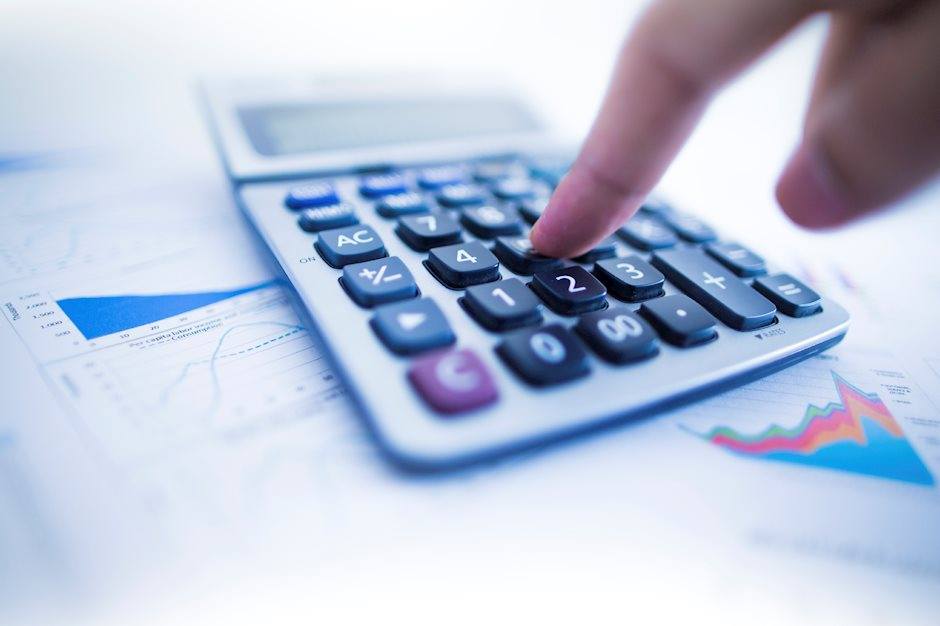US First Quarter GDP Preview: Prelude to catastrophe or singularity?
- Annualized GDP expected to be the lowest since the financial crisis.
- Quarter dragged down by the labor and business collapse in March.
- Indicators point to an accelerating decline in the second quarter.
- Dollar and risk aversion could jump from a difficult number.

American economic growth, devastated by the business closures and labor losses ordered in defense of the Coronavirus, is set for the largest quarterly contraction since the financial crisis.
Annualized gross domestic product (GDP), the widest accounting of national economic activity, is forecast to shrink 4% in the first quarter. Prior to the virus the economy was running at about 2.7% according to the Atlanta Fed GDPNow model.
Layoffs and social orders
Since widespread layoffs began in the third week of March over 26 million people, 16% of the workforce have filed for jobless benefits and another 3.5 million are predicted to join the rolls this week.
Continuing jobless claims
About 90% of the US population is affected by voluntary or mandatory social restrictions and whole industries deemed non-essential by various state governments have been shuttered.
The 701,000 job losses in the March non-farm payroll report and the 0.9% jump in the unemployment rate to 4.4% are expected to be the precursors to far larger and higher numbers in April.
Retail sales and durable goods
Retail sales fell 8.7% in March, the largest amount on record, as burgeoning unemployment and ‘stay-at-home orders have drastically curtailed consumer spending, despite the relatively normal economic activity in the first half of the month.
Retail sales
Durable goods orders dropped 14.4% on the month with a good portion of the decline due to most car dealerships being closed across the country. Excluding the transport sector, Boeing Company of Chicago lost $16 billion on cancelled aircraft orders, goods order slipped just 0.2%, far less than the -5.8% predicted.
Second quarter estimates
Many economic indicators, from purchasing managers’ indexes to regional Fed manufacturing surveys and non-farm payrolls point to an accelerating contraction into the second quarter. Estimates range from 5% to 30% and higher as analysts attempt to model what is truly an unprecedented economic and social event.
China has already reported a 6.8% drop in GDP in the first quarter, the largest of the modern era.
Conclusion: Market interest and the dollar
The spectacular crash and partial recovery in equities, the ascent of the US dollar and bonds and the near historic plunge in crude oil prices all stem from the assumption that the US and global economies have suffered a calamitous decline in economic activity due to the shutdown of normal life. First quarter GDP is but a down payment on that cost.
Preliminary indicators for April point to a much deeper drop in GDP as the full impact of business closures, job losses and spending cutbacks take hold.
Labor markets have been largely immunized to bad news by the astonishing initial claims figures. Non-farm payrolls and the U-3 unemployment, by the nature of their statistical basis, are unlikely to provide the shock of those first three jobless numbers.
For markets the crucial fact is how much farther the economy will fall in April, May and June. A larger than forecast shrinkage in GDP in the first quarter will force markets to confront the possibility that the decline will be deeper and longer than anticipated.
For the US dollar risk aversion is still the main director of business. The depth of the first quarter GDP decline will help to establish how much damage has been done to US economic life with the dollar moving in opposite reaction.
The wild cards in the analysis are the lifting of business and social restrictions in several states. If these go well with relatively few complications that will change assumptions about the depth and duration of the presumed recession. Public pressure will, in short order, force most states and the US economy to reopen.
Author

Joseph Trevisani
FXStreet
Joseph Trevisani began his thirty-year career in the financial markets at Credit Suisse in New York and Singapore where he worked for 12 years as an interbank currency trader and trading desk manager.

















